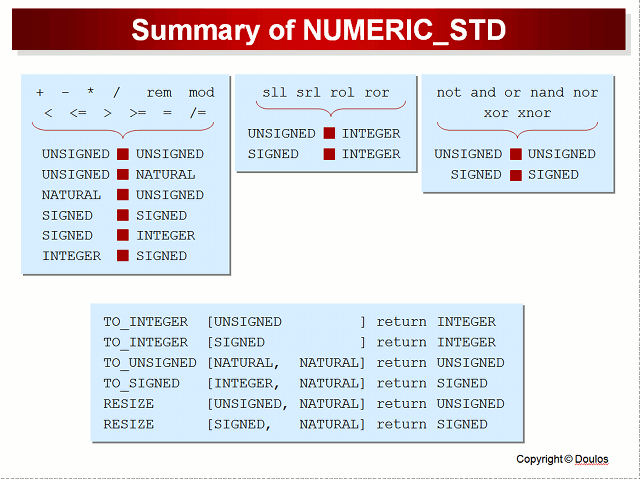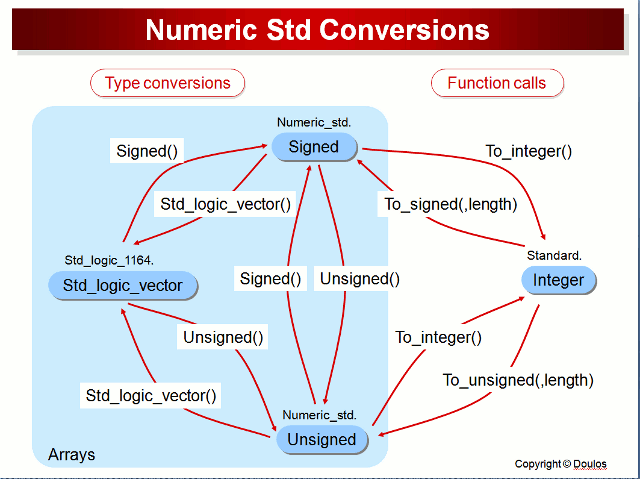First a little bit of history... When VHDL came out in 1987, there were a couple of missing features. Firstly, there was no built-in multi-value logic type - the only logic types available were bit and boolean, both of which only had two values. Initially, each synthesis tool vendor created its own multi-value logic package, which led to a lack of portability. That in turn led to "IEEE Standard Multivalue Logic System for VHDL Model Interoperability (Stdlogic1164)", which defines the resolved multi-value logic type std_logic.
Std_logic became the standard logic type in VHDL design. The second missing feature was a standard way of doing arithmetic on vector types - bit_vector and std_logic_vector. Again synthesis vendors developed their own packages, some of which became very widely used; but then the IEEE created "IEEE 1076.3 Standard VHDL Synthesis Packages". This defines two packages, one for use with types based on bit (numeric_bit) and one for use with types based on std_logic (numeric_std).
We cover vector arithmetic extensively on our Comprehensive VHDL course, including two useful diagrams summarising the contents of numeric_std. These two diagrams are reproduced on this page for your reference. The first is a summary of the contents of numeric_std - the second is a diagram showing how to convert different data types.
The following diagram summarises the available operators and functions

and the second diagram summarises type conversions.





